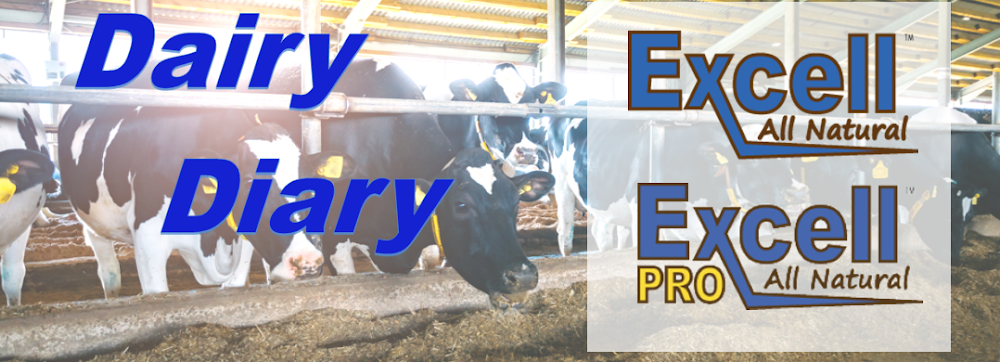OVERVIEW:
Most Class III futures contracts closed higher. Class IV futures were steady to lower. The June Agricultural Prices report showed a lower corn price and a higher hay price. The All-milk price remained unchanged.
MILK:
Class III milk futures bounced a bit today, but it seemed to be the result of profit-taking rather than a change in trend or trader attitude. Traders remain skeptical of the upside price potential of the market. Now that the calendar will turn to August, preparations will begin for the start of another school year later in the month. Milk production has decreased due to the weather, but remains higher than a year ago, eliminating any concern over tighter supplies through the rest of the year. Spot milk prices this week are reported to range from $3.00 below class to $2.00 above class.
USDA released the June Agricultural Prices report. The average price for corn was $4.47, down $0.18 per bushel from May and down a penny from June 2024. The premium/supreme hay price was $201.00 per ton, $16.00 per ton from May, but down $51.00 per ton from June 2024. The All-milk price was $21.30 per cwt, the same as it was in May. This compares to $22.80 per cwt in June 2024. The average soybean meal price used in the calculation of income over feed for the Dairy Margin Coverage program will not be released until Friday morning. The soybean meal price is expected to be lower than it was in May. The income over feed price is expected to be higher than it was in May.
AVERAGE CLASS III PRICES:
| 3 Month: | $17.60 |
| 6 Month: | $17.81 |
| 9 Month: | $17.81 |
| 12 Month: | $17.86 |
CHEESE:
Domestic demand for cheese is lighter than usual and lighter than expected for this time of year. Cheese supplies are not overwhelming the market, with most cheese being absorbed by contractual demand. The current market fundamentals do not suggest any tightening of supplies. Cheese production is strong, utilizing the available milk supply.
BUTTER:
Butter production schedules are mixed with cream supplies lighter than they have been. There are some reports that ice cream production is slowing, but production will remain strong through August. Butterfat levels in milk continue to remain higher than a year ago. Spot cream prices are higher, with some plants having difficulty finding available loads. Some have loads available but are unwilling to pay the increased cream prices.
OUTSIDE MARKETS SUMMARY:
December corn closed up 1.50 cents per bushel at $4.1375, November soybeans closed down 6.50 cents at $9.8925 and December soybean meal closed up $1.50 per ton at $276.00. September Chicago wheat closed down .50 cent at $5.2325. October live cattle closed down $6.58 at $223.15. September crude oil is down $0.63 per barrel at $69.37. The Dow Jones Industrial Average is down 330 points at 44,131, with the NASDAQ down 7 points at 21,122.










.jpg)






